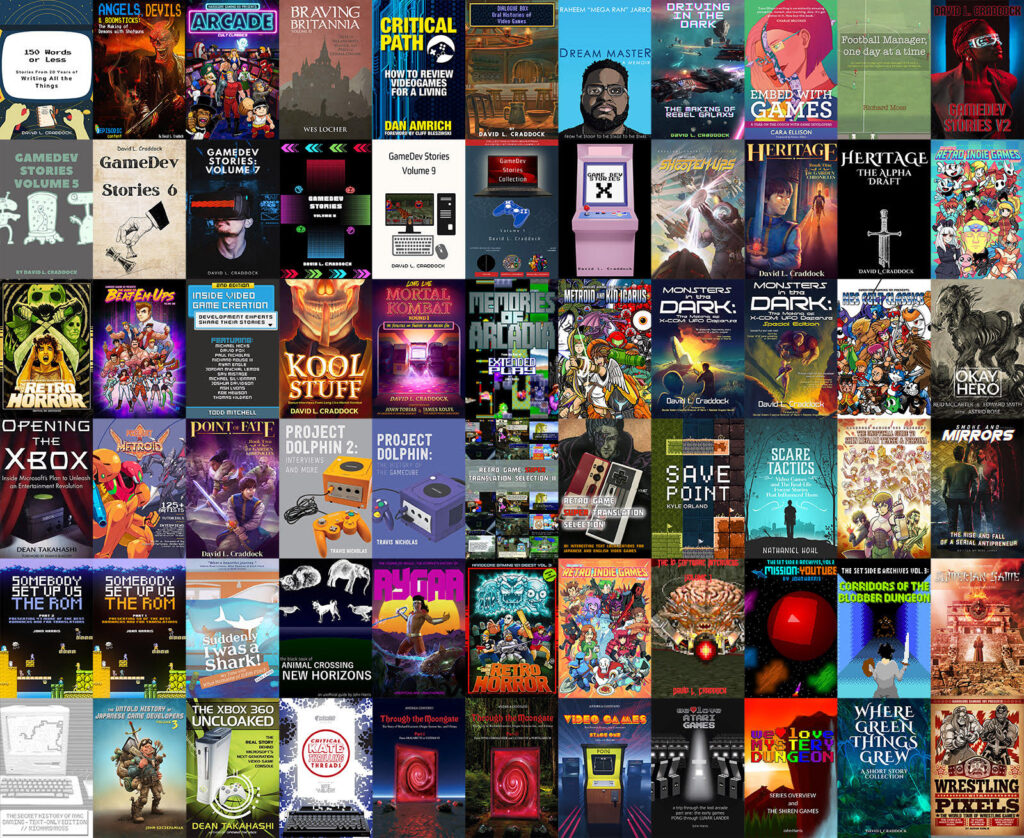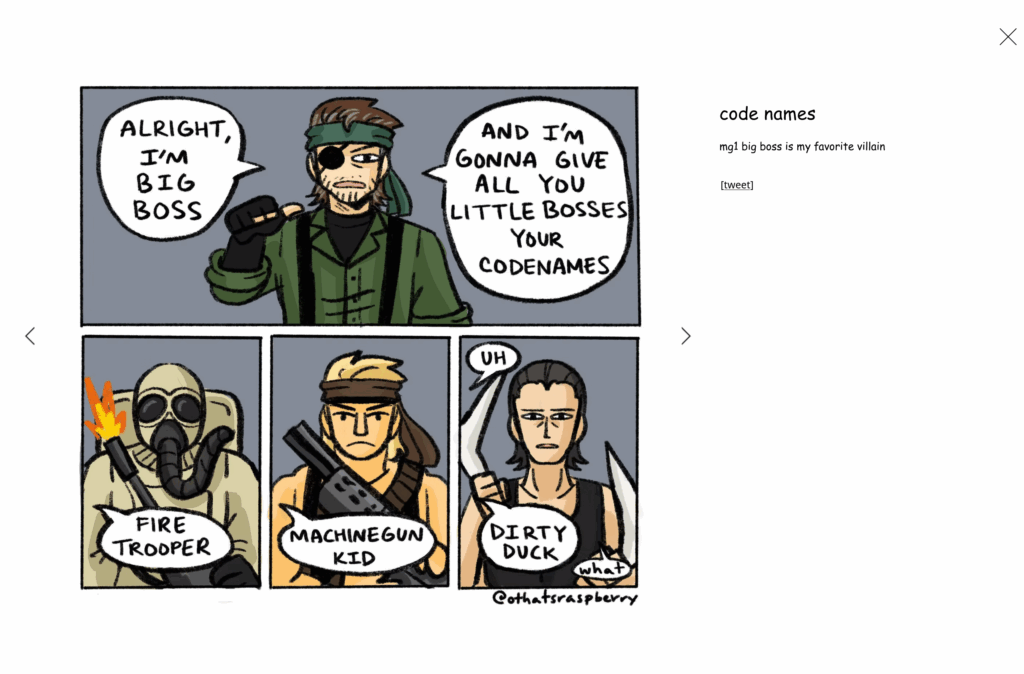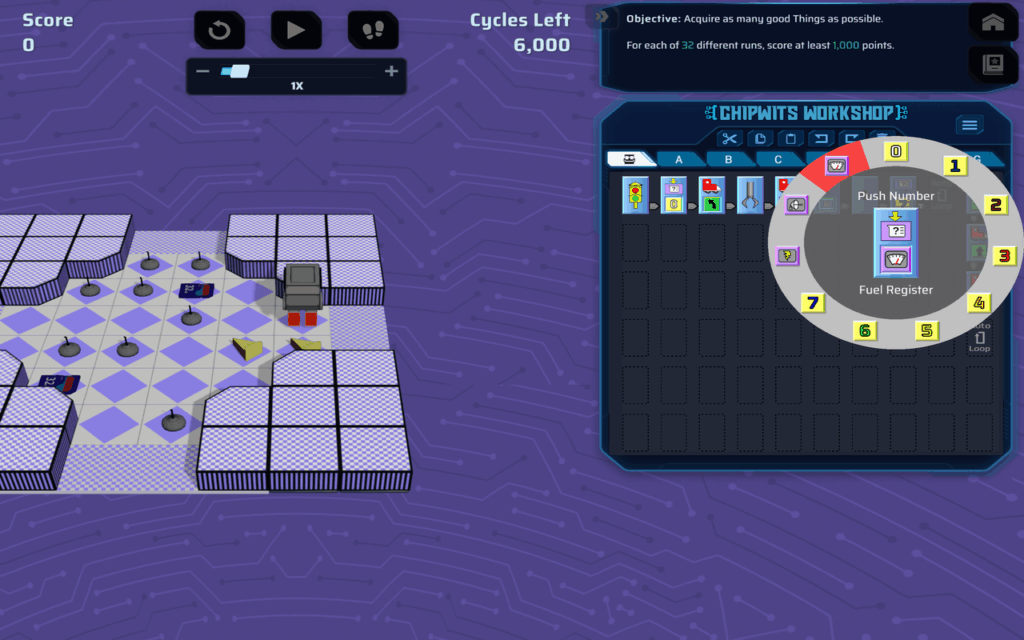Finding this one was a real treat for me. I’m so pleased that there are still people who care deeply about these weird arcade/console hack & slash games from a twice-defunct publisher. While in its final years it got renamed to “Midway Games West,” it’ll always be Atari Games in my mind, and that’s what it rightfully should be called, it having had a direct lineage to the first successful arcade video game manufacturer of all.
Gauntlet Dark Legacy is the last of the “real” Gauntlet games (it’s best not to talk about Seven Sorrows), and is especially notable to have received something of a redesign when it came out on consoles. I don’t think the changes were all for the better; the make work of collecting crystals and stuff does not substantively add to the game, but there are some nice additions, like extra class magic effects, poisonable food and destructable items (they’re nice in game design terms, that doesn’t have to mean nice to the player).
The Youtube account Jess & Zac arguably likes the Gauntlet games even more than I do. In a 27-minute video, they give 100 little-known facts about G:DL. Just knowing someone else cares so deeply about the games was enough for me; the information that fans have made updates for the game to fix bugs is even better. I should seek that patch out! I’m entitled, or should be: I own a copy of the game on Gamecube! Also, the N64 and Dreamcast versions of Legends! Me and friends in college played so much of N64 Gauntlet Legends….
That video’s pretty short. They also have a much longer video (1 hour 27 minutes) that rates all 60 maps of Gauntlet Dark Legacy. That one’s rather more obsessive, but it’s not like I’m any strange to video game obsession (Rampart), and it’s a game that isn’t talked about nearly enough these days, at least within my hearing. They’re in order from worst to best, so maybe skip through to the end? Up to you.
I personally think Dark Legacy is a little too long. Gauntlet Legends, its predecessor, is thematically tighter, DL’s extra characters aren’t differentiated enough from the originals, and in the arcade it took many more quarters to get through DL. But I’ve played through both games, and I’d do it again. They’re a little mindless, but less mindless than they seem at first.
I wish Atari Games had stayed in business and allowed to keep iterating and improving on the Gauntlet games, and not closed by stupid corporate cost-cutting. The United States relies on corporations for so much of its creative presence, but regularly destroys huge portions of its culture due to being judged by clueless moneypeople who are way to sure of themselves. It’s a problem that other countries suffer from too, but no where else is it so bad. The US just decided that the skill and thought that all of Atari’s people, who had worked much of their lives making games, didn’t matter. It’s a damn crying shame, and it’s far from the only time it’s happened.







